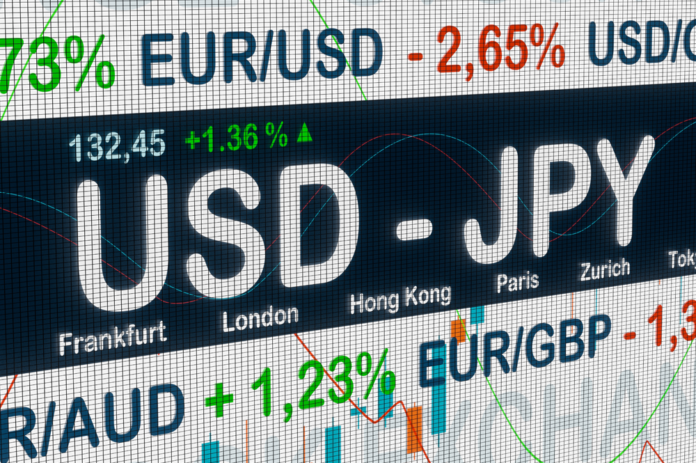The US dollar appreciated on Wednesday, while the euro fell following the release of poor data on Eurozone activity, pointing to further rate cuts by the European Central Bank. Here are the highlights of what is happening in the currency market.
Dollar Shelters Amid Political Uncertainty
The dollar has taken advantage of the volatile political environment in the US.
Vice President Kamala Harris has gained strong support from the Democratic Party following her endorsement as a presidential candidate by President Joe Biden. The latest Reuters poll also showed that Donald Trump was narrowly ahead in the poll.
That said, Trump remains the favorite to win the presidential election scheduled for November. Some analysts also indicate that dollar losses triggered by the June CPI release have been erased from most dollar crosses, with the yen, Swiss franc and sterling as potential winners.
Analysts also point out that the Trump trade is still in play.
That said, US personal consumption expenditure inflation figures for June will be released on Friday, and the Fed’s inflation gauge of choice could change currency sentiment in a hurry.
Euro Falls on Weak Activity Data
In Europe, the major EUR/USD lost about 0.2% to 1.0835 after the release of Eurozone business activity data for July.
Eurozone business activity growth stagnated in July, and the preliminary HCOB composite purchasing managers’ index slipped to 50.1 this month from 50.9 in June, slightly above the 50 mark that separates growth from contraction.
The European Central Bank kept interest rates at the 3.75% level last week, but new signs of slowing regional growth point to further rate cuts this year.
Markets still expect two more ECB rate cuts in the remainder of the year.
GBP/USD lost as much as 0.1% to 1.2898, retreating from the 1.30 level it reached the previous week for the first time in a year.
Data indicated that UK business activity rebounded in July, supported by the strongest growth in manufacturing in two years and the largest inflow of new orders since April last year.
July’s S&P Global Flash Composite Purchasing Managers’ Index rose to 52.7 from June’s six-month low of 52.3.
Elsewhere, USD/CAD rose 0.1% to 1.3796, near a three-month high for the Canadian dollar ahead of the Bank of Canada’s interest rate meeting later in the session.
Markets estimate about an 84% chance of a 25 basis point rate cut, which would be the Bank of Canada’s second rate cut in as many months.
The Yen Seems to Be Going from Strength to Weakness
In Asia, USD/JPY fell 0.5% to 154.81, its lowest level since early June.
The yen’s gains were due to a rebound from the previous week, when the currency appreciated sharply on suspicions of government intervention in the foreign exchange market.
The yen was also helped by some positive purchasing managers’ index data, as an unanticipated contraction in manufacturing activity was largely offset by a pick-up in service sector activity.
Attention now turns to next week’s BoJ meeting, where the latest inflation data and purchasing managers’ indices have raised suspicions that the central bank will raise interest rates by 10 basis points.
USD/CNY rose to 7.2773, close to the highs last reached in November, as sentiment toward China remains negative amid lingering concerns about slowing economic growth in the country.



